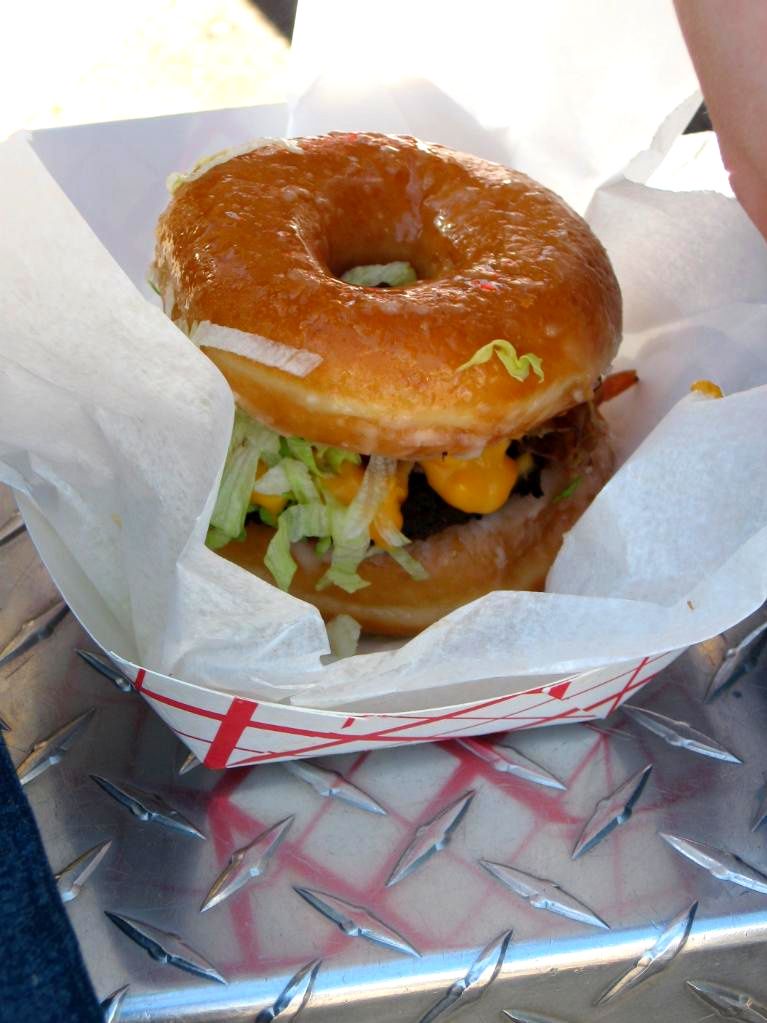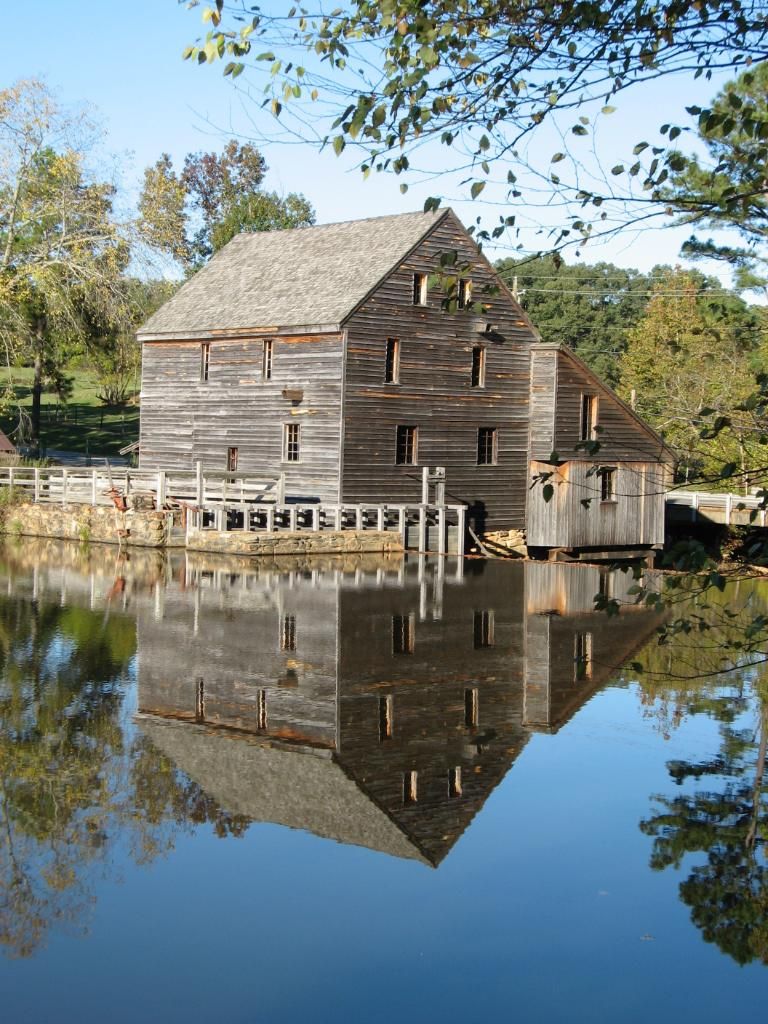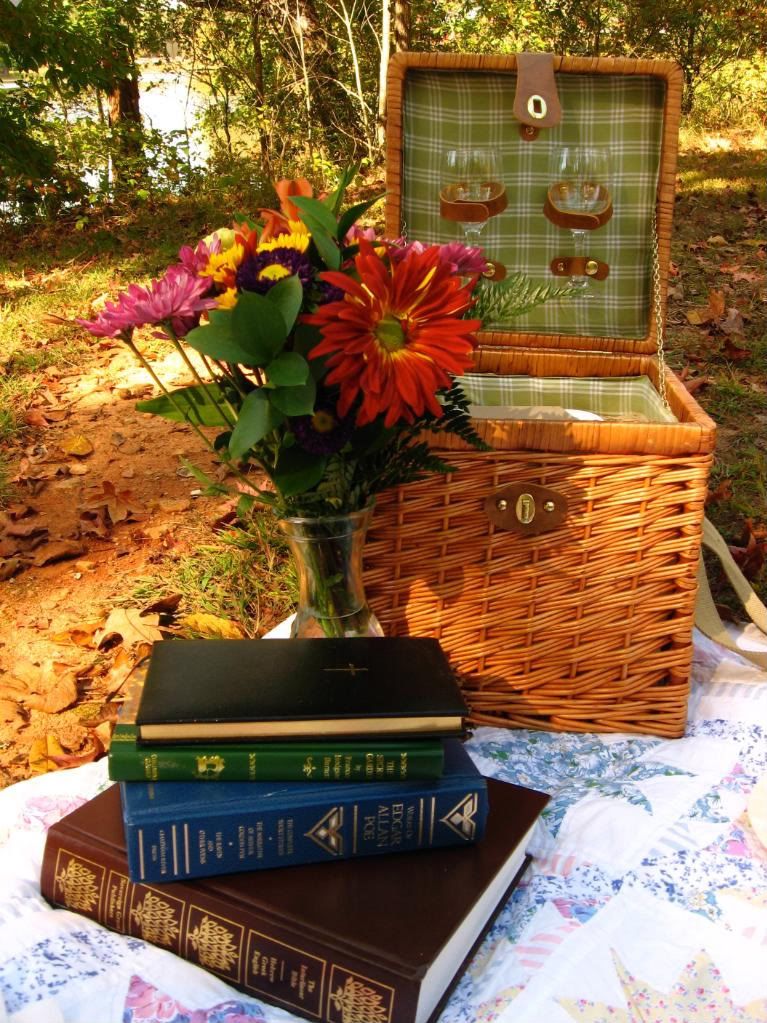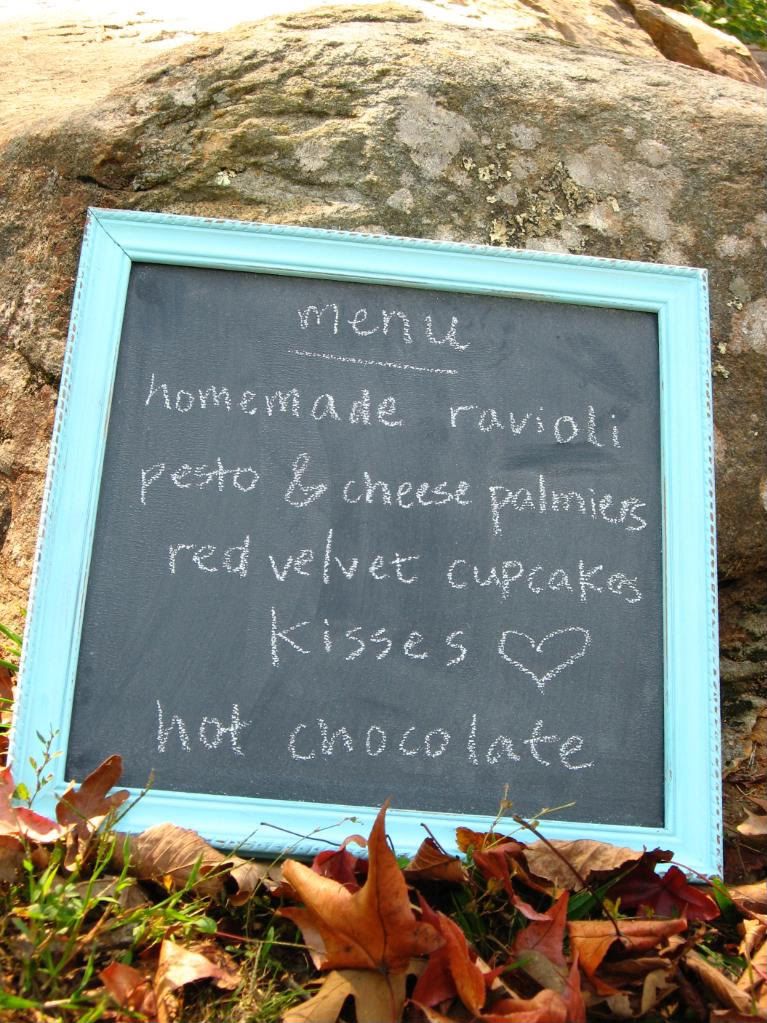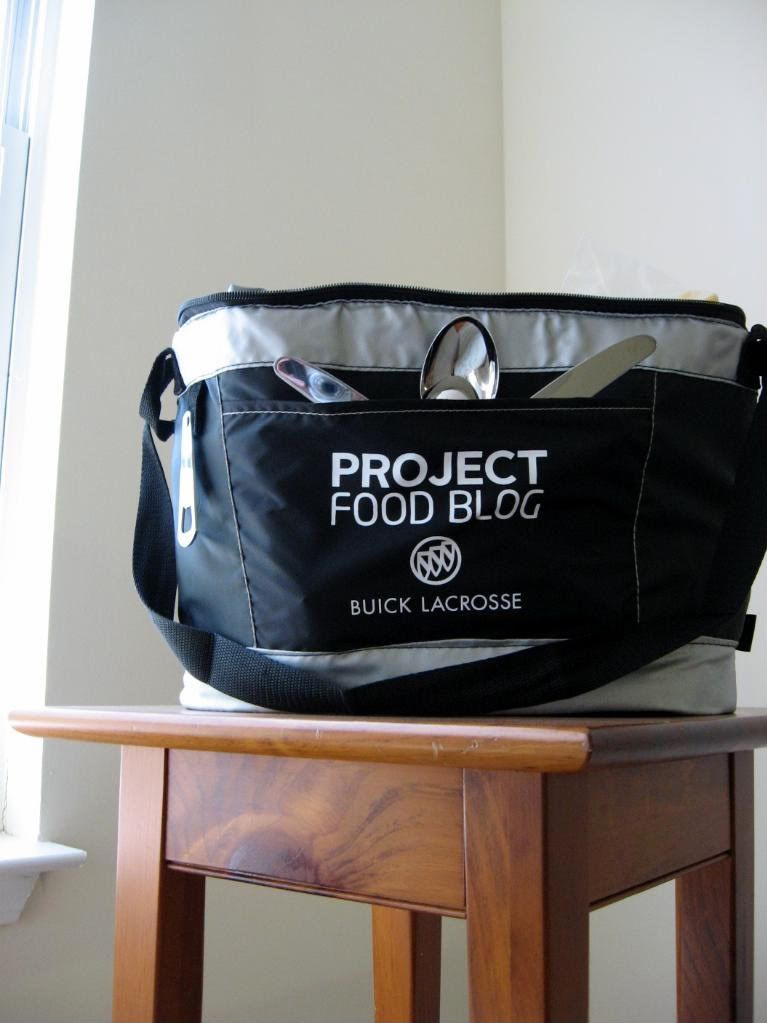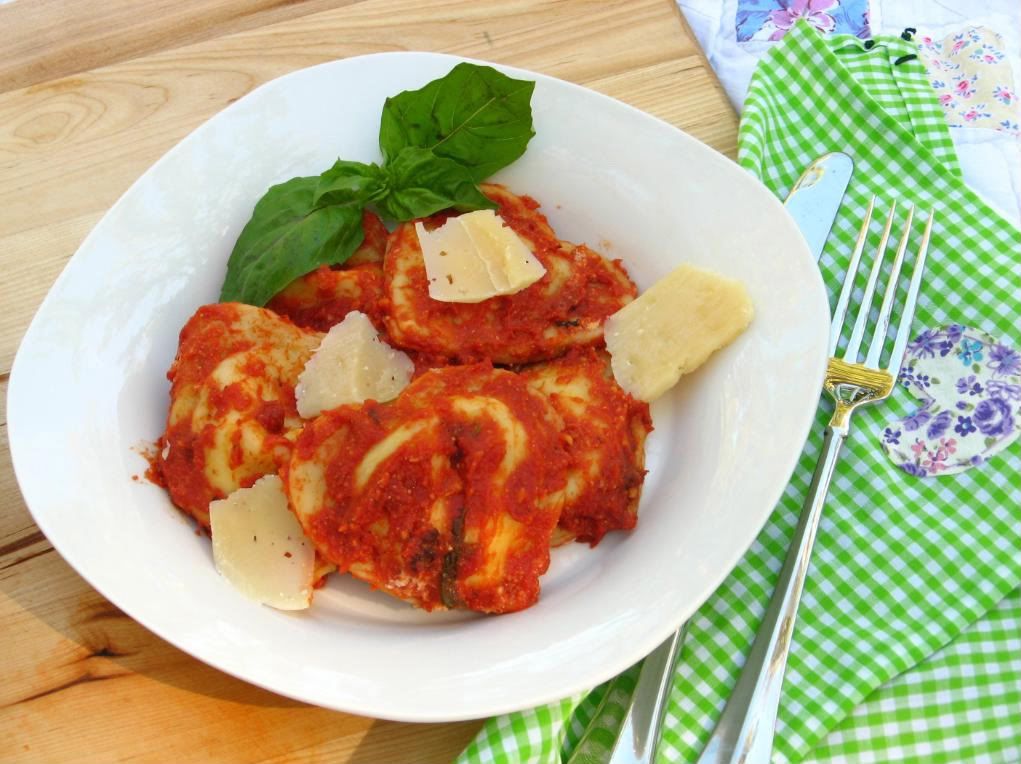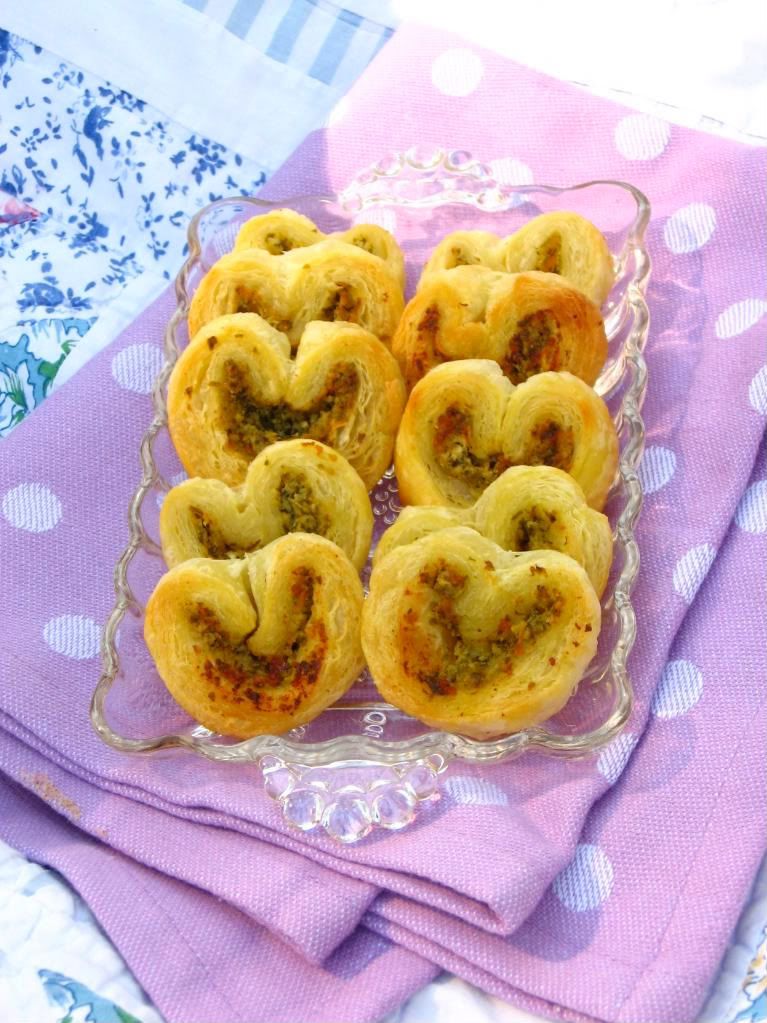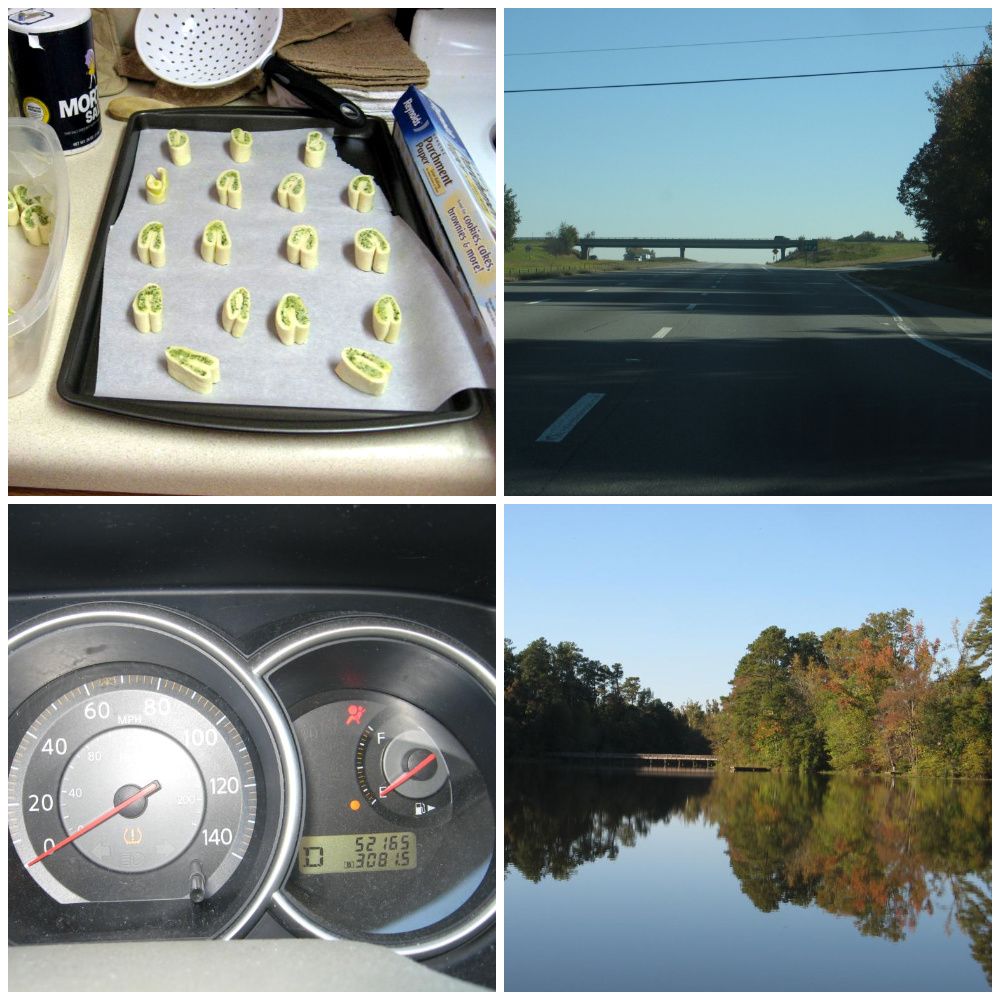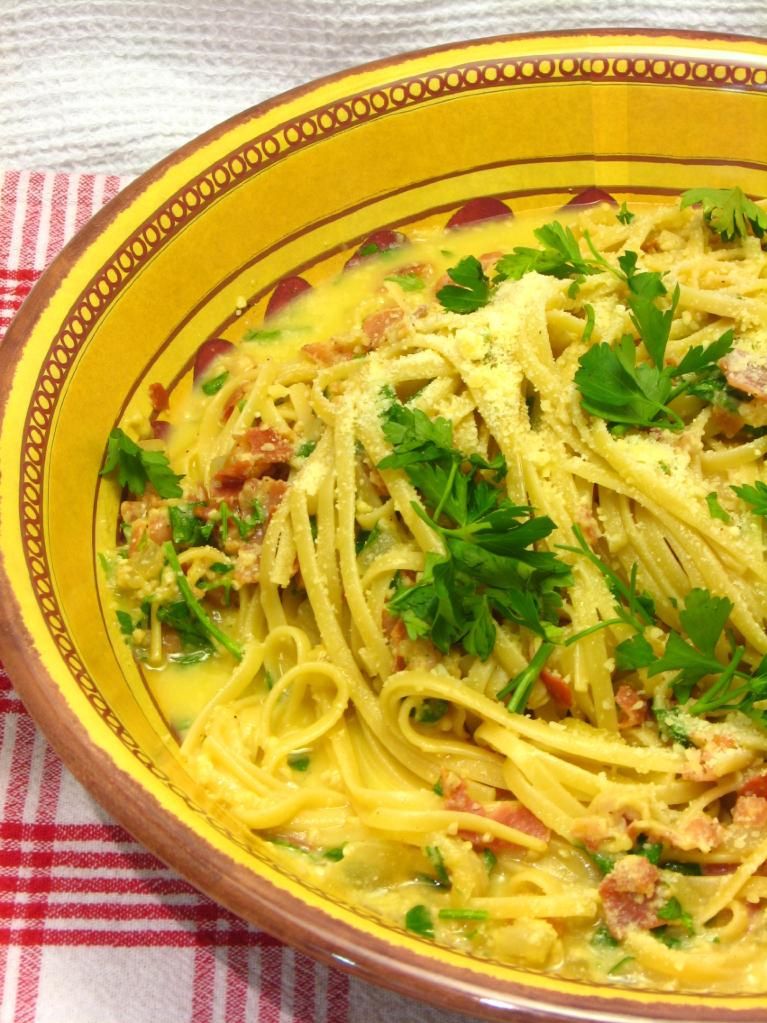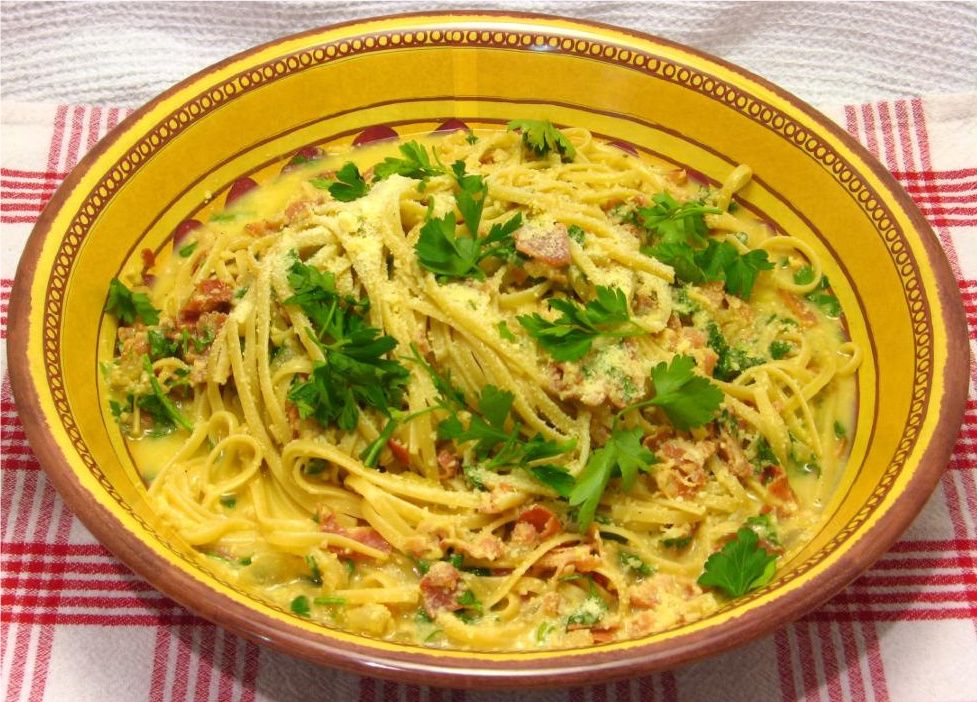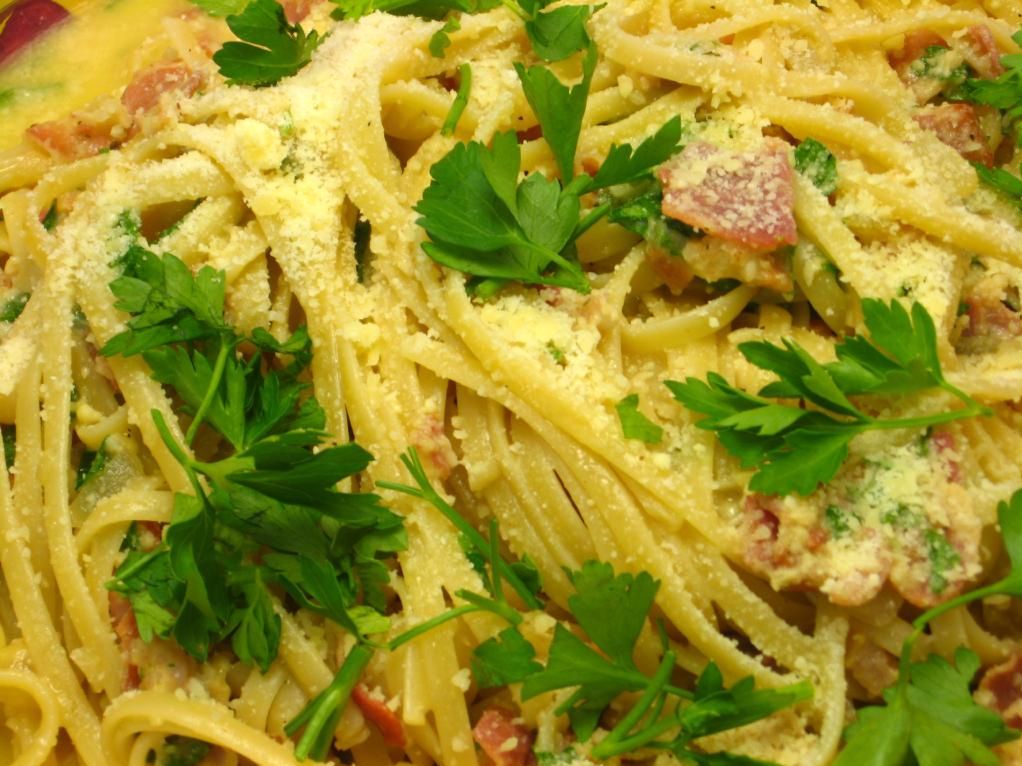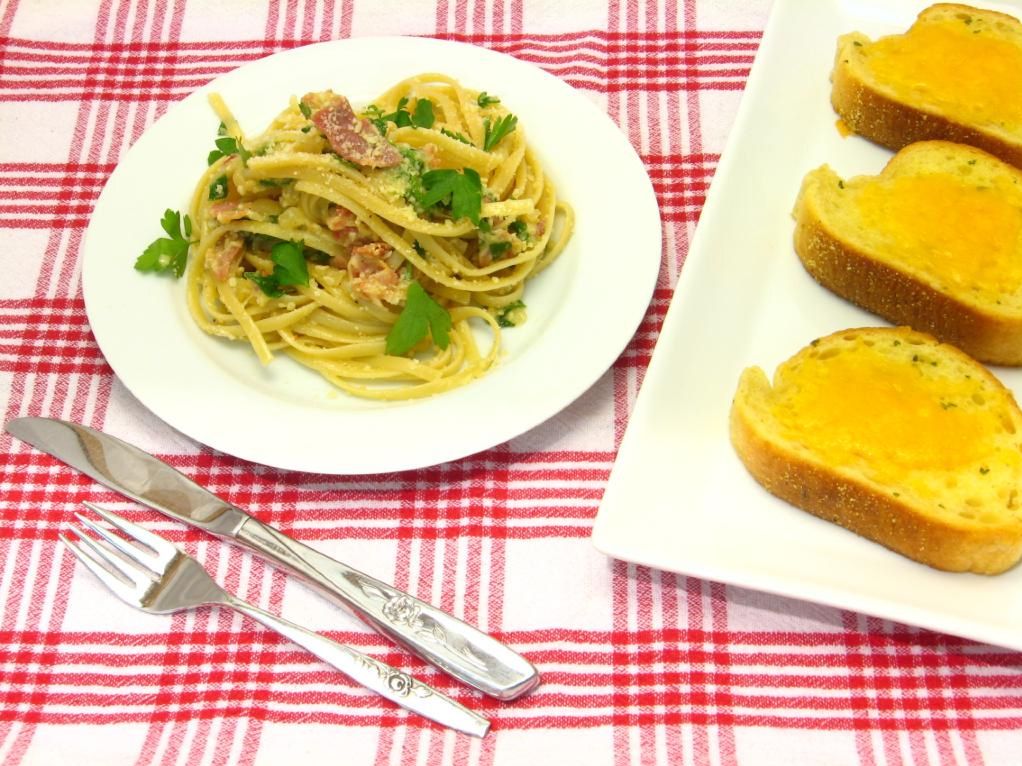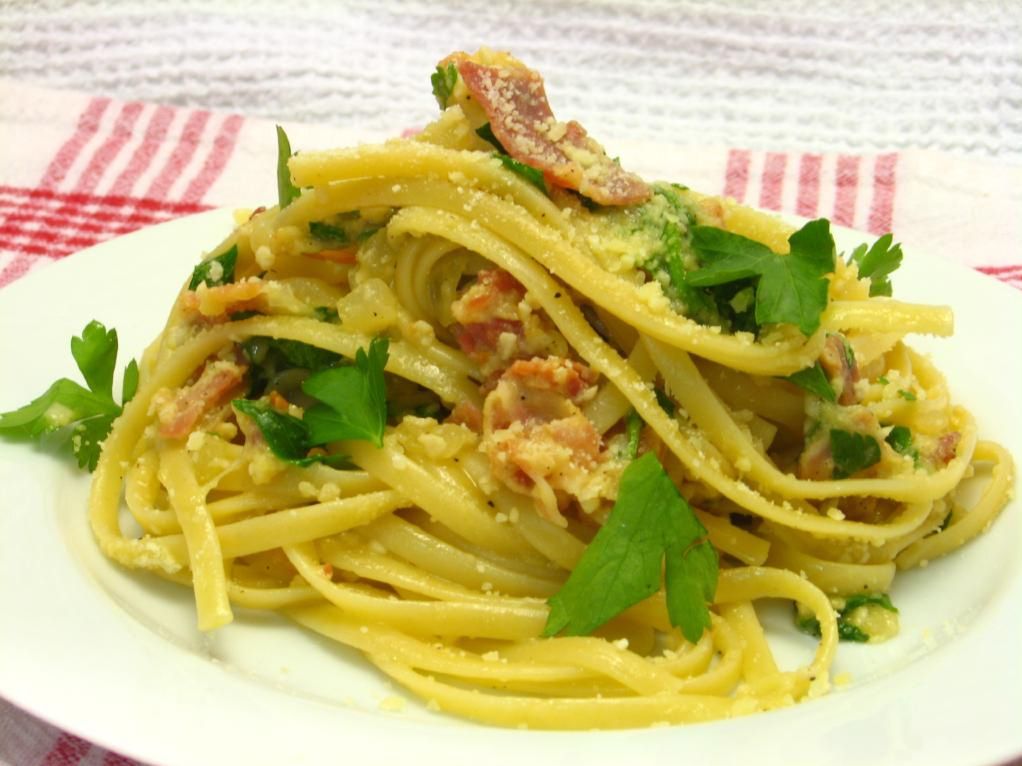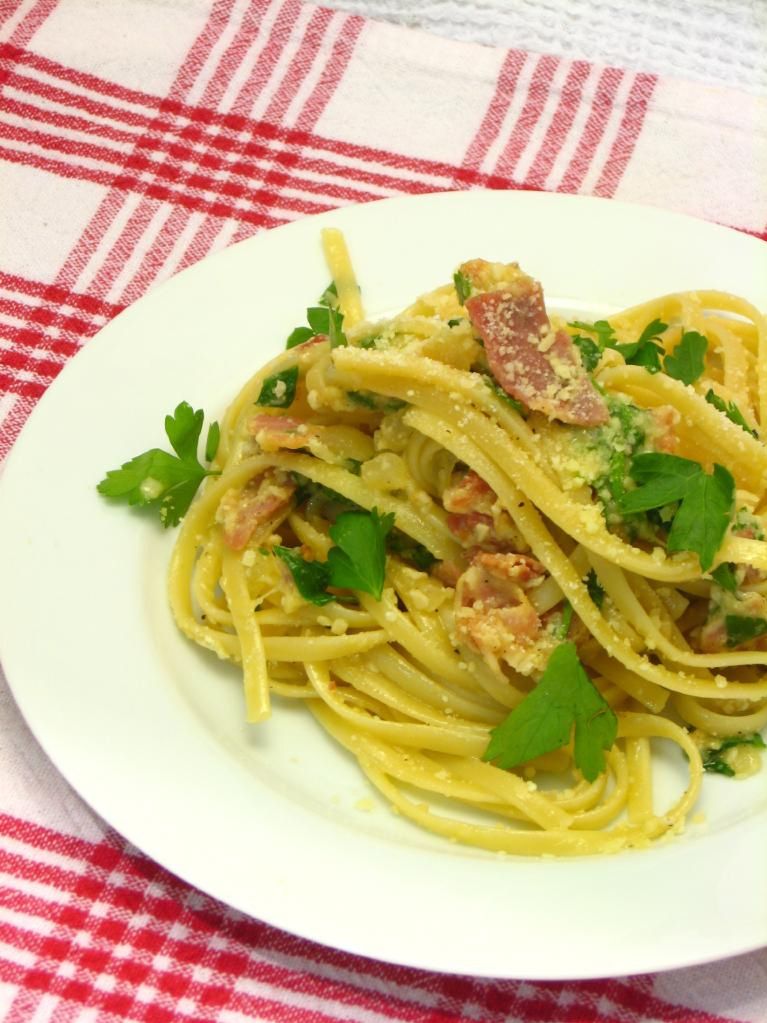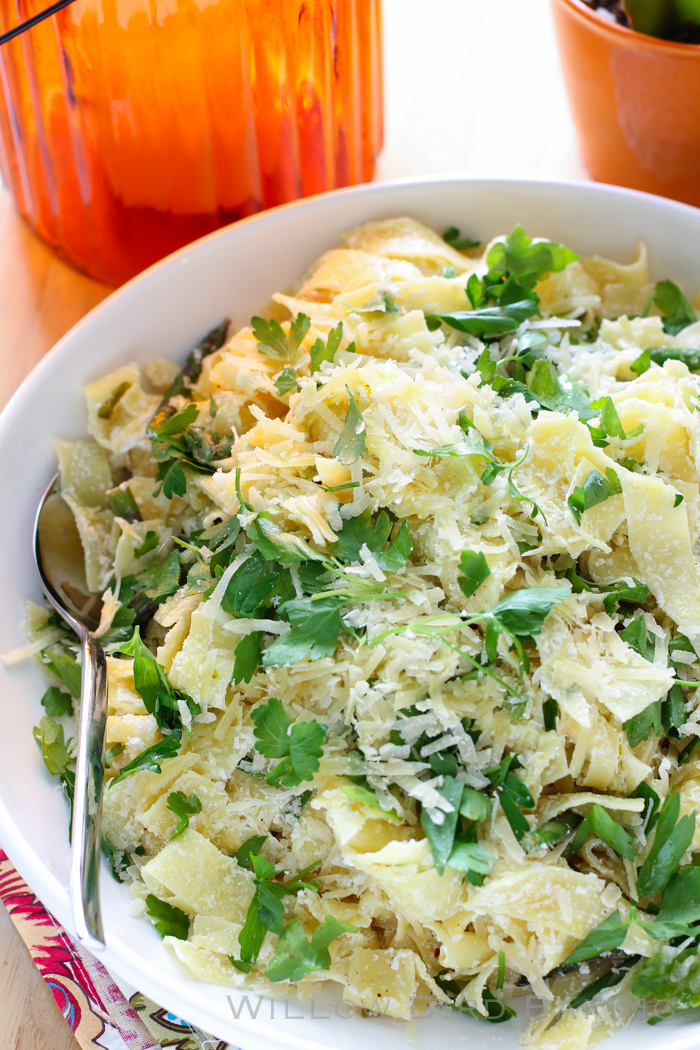
I wrote this post as part of the Plugrá Butter Brigade. Thanks, Plugrá, for sponsoring this post and for making my favorite butter!
I think I’ve figured out the problem. You know how everyone always wonders out loud why people are so rude on the internet? And how we speculate that it’s because under the veil of anonymity, folks tend to ditch their filter and say all the rude things they’ve been thinking but are too polite or embarrassed to say in person?
That might be true, but it’s never seemed like a complete explanation to me. Are you trying to tell me that everyone’s really that rude, but they’ve just been shamed quiet? That’s so discouraging. And no one I meet really seems that rude. Everyone seems pretty nice. I think there’s another component to this rudeness equation: the internet doesn’t just permit rudeness. It encourages it in the name of engagement.
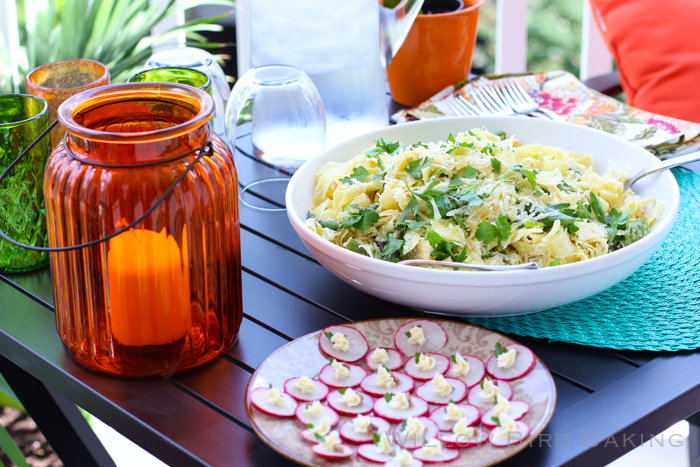
I could talk a lot about this slippery slope into unkindness: how I feel like popular, once-respectable news outlets have begun, essentially, trolling their readership and sensationalizing content in order to encourage views; how celebrity gossip sites exploit human beings relentlessly in order to fulfill the our base, voyeuristic desires; how reality television plays a role in (mis)shaping our perception of how interpersonal relationships should operate.
But for now, I just want to focus on this narrow sliver of an observation: companies and organizations want engagement from their audience (on social media and websites) because that increases their visibility and therefore their income. I know this because I am a (teensy, one-person) company and I try to increase my engagement all the time. I encourage people not just to look at my recipes (but thanks for that, too!) but to comment. I ask fun questions on my Willow Bird Baking Facebook page, share tempting photos on Willow Bird Baking’s Twitter page, pin awesome recipes on Pinterest that I hope you’ll like, and share fun times on Instagram.
If you’ll notice, I actually bothered to link to all my social media pages in that paragraph: just another example of how I’m funneling you toward engaging with me. And I mean engage: I want you to tweet, comment, share, like, pin. When you engage, you see my content MUCH more than if you’re just a passive observer. I do this in part because I love interacting with you, but also to reach you more; more people engaged means more people visiting and more income to support my work.
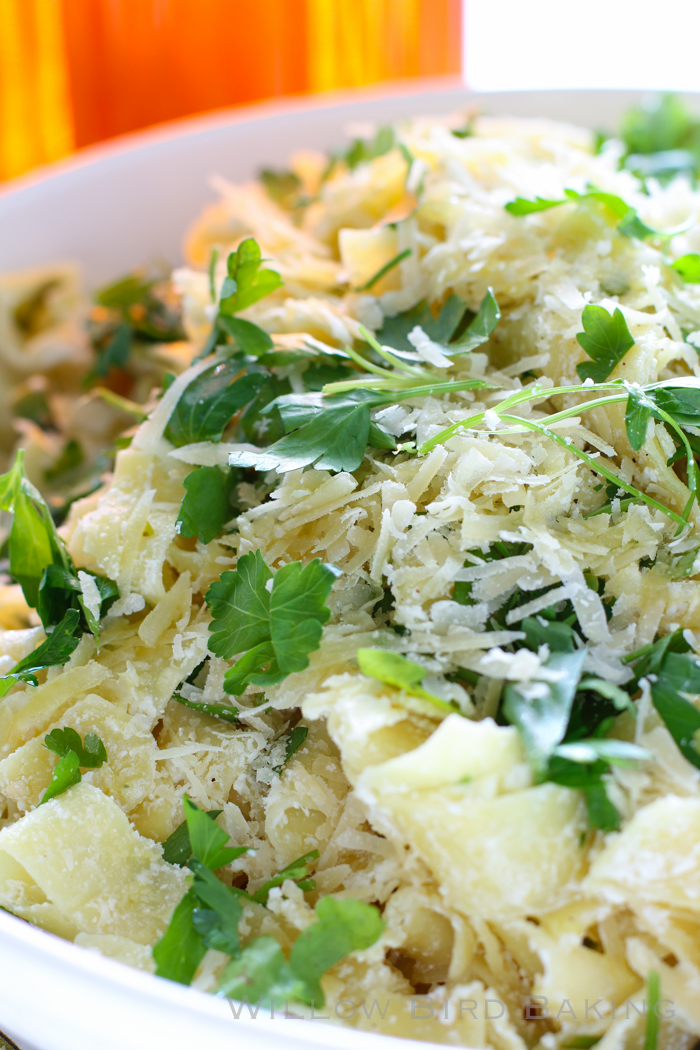
Obviously, I don’t believe that encouraging you to engage is a bad thing or I wouldn’t do it. But I do think it has unintentional consequences. People are constantly being asked to give their unvarnished input online. Clothing companies ask, “Would you wear this dress?” Food magazines ask, “What’s your favorite condiment?” You’re asked to weigh in on celebrities’ outfits and hairstyles — and parenting choices, and marriages, and after-hours activities. Trolls (which studies suggest might actually be people dealing with certain mental illnesses) have a field day egging people on, so comments get indignant and dicey fast. See this article for a hilarious example of how absurd things can become. An Australian radio station posted a funky recipe to — you guessed it — encourage the engagement and interest of their listeners, and boy did it ever do so.
No wonder that even when we’re not asked to engage or give advice, we feel comfortable sharing our nastiest opinions out in the open. No wonder unkindness and kindness both feel like perfectly reasonable methods of engaging; after all, controversy and comment-fights spur MORE engagement! To businesses that prioritize their bottom line (so, most businesses) that’s even better! No wonder when a dear friend’s cookbook was reviewed on a popular food website, strangers commented things like, “That looks like crap,” and, “Not even remotely appealing,” as if it were as natural as breathing.
I think the answer is to make this phenomenon transparent. If you know you’re being encouraged to engage and that it’s inspiring unkindness, you can make some personal rules to govern yourself. My rules are no zaps (no snarky one-liner comments designed to put someone in their place), and to only engage in a positive or neutral way unless it’s productive to disagree (for instance, I’ll challenge a racist statement, but not someone’s cake, for cryin’ out loud.) I use the THINK acronym to evaluate my comments in this way:
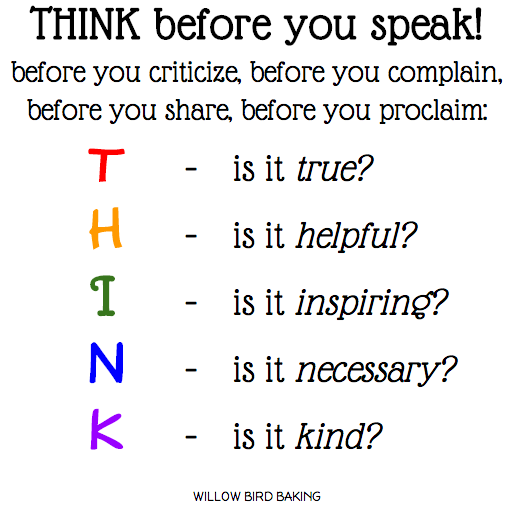
* * *
Hopefully this summer pasta won’t inspire any snark! I can’t imagine anyone having anything bad to say about this dish. I love it because if you start with fresh ingredients, you’ll end up with a gorgeous meal. The parsley and basil along with the bite of Parmesan in the buttery sauce create the perfect balance. And nothing says summer like a dinner that’s this easy to toss together. As usual lately, I recommend you find a great outdoor spot to enjoy this recipe!
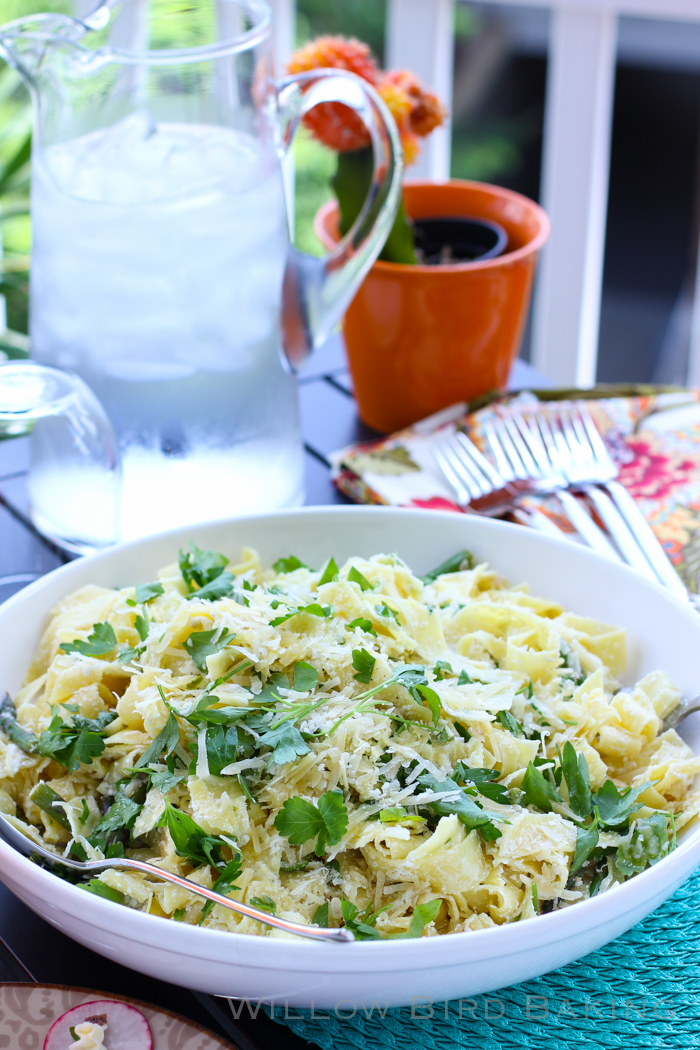
What do you think? What personal rules govern how you comment online?
 One year ago: Gooey Chocolate Coconut Cream Skillet Cake
One year ago: Gooey Chocolate Coconut Cream Skillet Cake
Two years ago: Sweet Orange Florentines
Three years ago: Itsy Bitsy Berry Cream Pies
Four years ago: Pulled Pork Sandwiches, Creamy Coleslaw, and Summer Bean Salsa
Fresh Summer Pasta with Plugra Ricotta Sauce
Recipe by: Adapted from Chef Kevin Kidd
Yield: 4 servings
Start with super fresh ingredients to create this simple, fresh pasta dish! I love how quick and easy this recipe is.
Ingredients:
28 ounces fresh OR 19 ounces dried tagliatelle or fettucine
1/4 cup extra virgin olive oil, divided
1 shallot, finely chopped
3 cloves garlic, minced
2 green onions, sliced diagonally
1/4 cup white wine
2 ounces unsalted Plugrá European-Style Butter, sliced into 1/2-inch slices
8 spears asparagus, sliced into 2-inch chunks
8 ounces whole milk ricotta cheese
1/4 bunch fresh Italian flat-leaf parsley, rough chopped
12 fresh basil leaves, rough chopped
lemon juice, salt, freshly ground pepper, Parmigiana Reggiano as needed
Directions:
Prepare an ice water bath in a medium bowl. Bring a small saucepan of water to a boil over high heat and blanch the asparagus for 2-3 minutes before plunging them into the ice water to stop cooking. Drain the asparagus and set it aside.
Bring a large saucepan of salted water to a rolling boil over high heat and add fresh or dried pasta. Cook 3 minutes (fresh pasta) or according to package directions (dried pasta). Going to Italy made me realize I’d been overcooking my pasta my whole life: al dente means your pasta should have a definite toothiness to it when bitten. Be careful not to overcook! Drain the finished pasta, reserving 1/2 cup of pasta water for the sauce later.
In a large skillet over medium-high heat, heat 2 tablespoons of olive oil. Add shallots and cook for a minute before adding garlic and sautéing for close to a minute or until lightly caramelized but not burnt. Add white wine to deglaze the pan. Whisk in Plugrá butter until it’s melted and blended into the sauce. Add the green onions and asparagus and stir to heat them briefly before reducing the heat to low and adding chunks of ricotta cheese. Salt this to taste — for me, this meant a LOT of salt, because it has to salt all the pasta as well. So don’t be shy.
Add the pasta into the pan (and a little of the pasta water if you need it) and toss it in the sauce over low heat. Add most of the parsley and all of the basil and toss. Drizzle the rest of the olive oil over the top. Now comes the adjusting: taste your pasta and add salt, more olive oil, a healthy grating of Parmigiana Reggiano, freshly ground pepper, a spritz of lemon juice, etc., as needed to balance the flavors. You should end up with a bright, flavorful, fresh tasting pasta.









